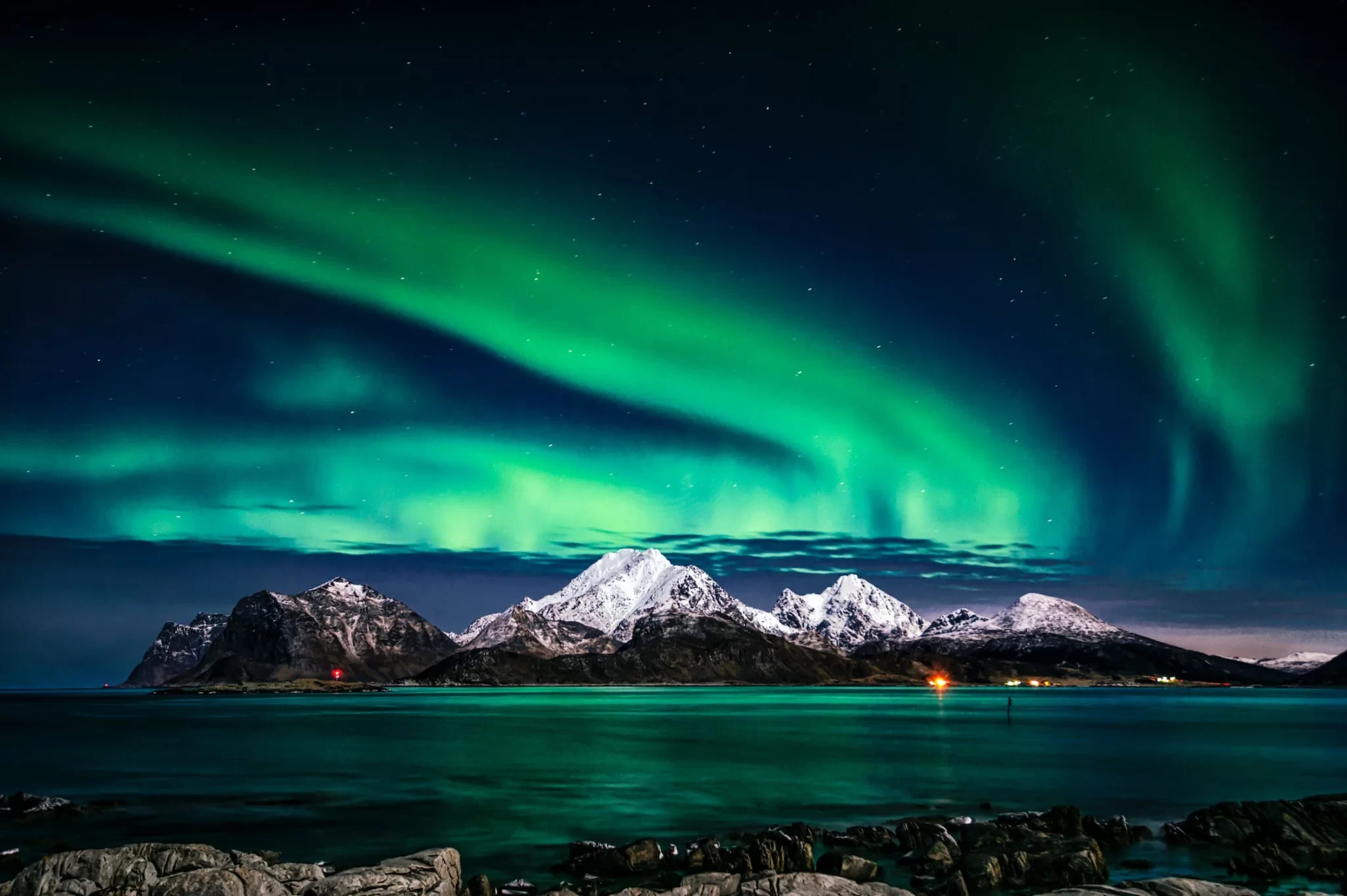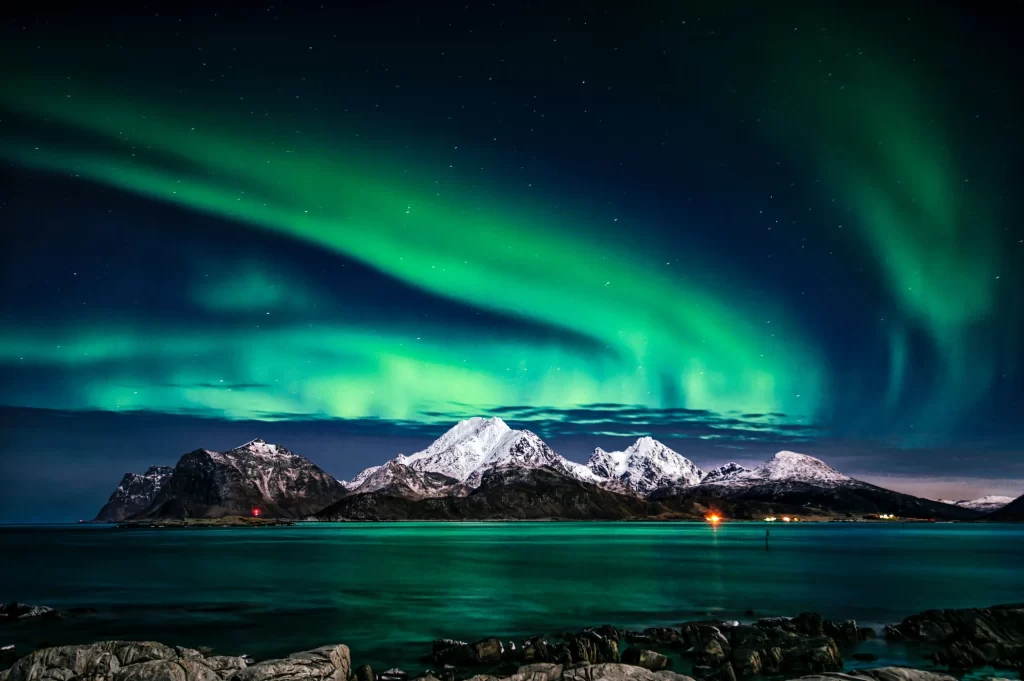Observing the northern lights, also known as the aurora borealis, has become one of the most popular goals for tourist travel in recent years. Scientists predict that 2024 may be the most favorable year for this phenomenon in the past 20 years.
According to National Geographic, experts forecast that in 2024, there will be an increased visibility of the northern lights in regions where they are not typically observed. This is due to the Sun reaching the peak of its approximately 11-year cycle, known as the “solar maximum,” during which solar activity is at its highest. Professor and researcher Don Hampton from the Geophysical Institute at the University of Alaska in Fairbanks explains that the northern lights appear in the area around the Earth’s magnetic pole, known as the “auroral oval” or “auroral zone.” However, this area constantly shifts and fluctuates depending on the strength of the solar wind—a stream of charged particles from the solar atmosphere that can be intensified by storms. During the solar maximum, experts expect episodes of increased activity in the auroral zone.
Scientists caution that when choosing a location for observing the northern lights, factors such as cloud cover and light pollution (more challenging to see near large illuminated cities than in remote areas) should be taken into account.
Forecasting programs for the aurora, such as the Space Weather Prediction Center of NOAA, Aurora Alerts, and My Aurora Forecast & Alerts, can assist “hunters” in predicting when and how far south the auroral oval extends after solar activity. Typically, the northern lights are most frequently observed around the March and September equinoxes, according to Magnus Wijk, a space weather scientist from the Swedish Institute of Space Physics.
To avoid artificial light pollution, DarkSky.org is a useful resource, providing information about dark sky locations worldwide.
Additionally, choosing the right direction to look in anticipation of the northern lights is crucial for a rewarding experience.





